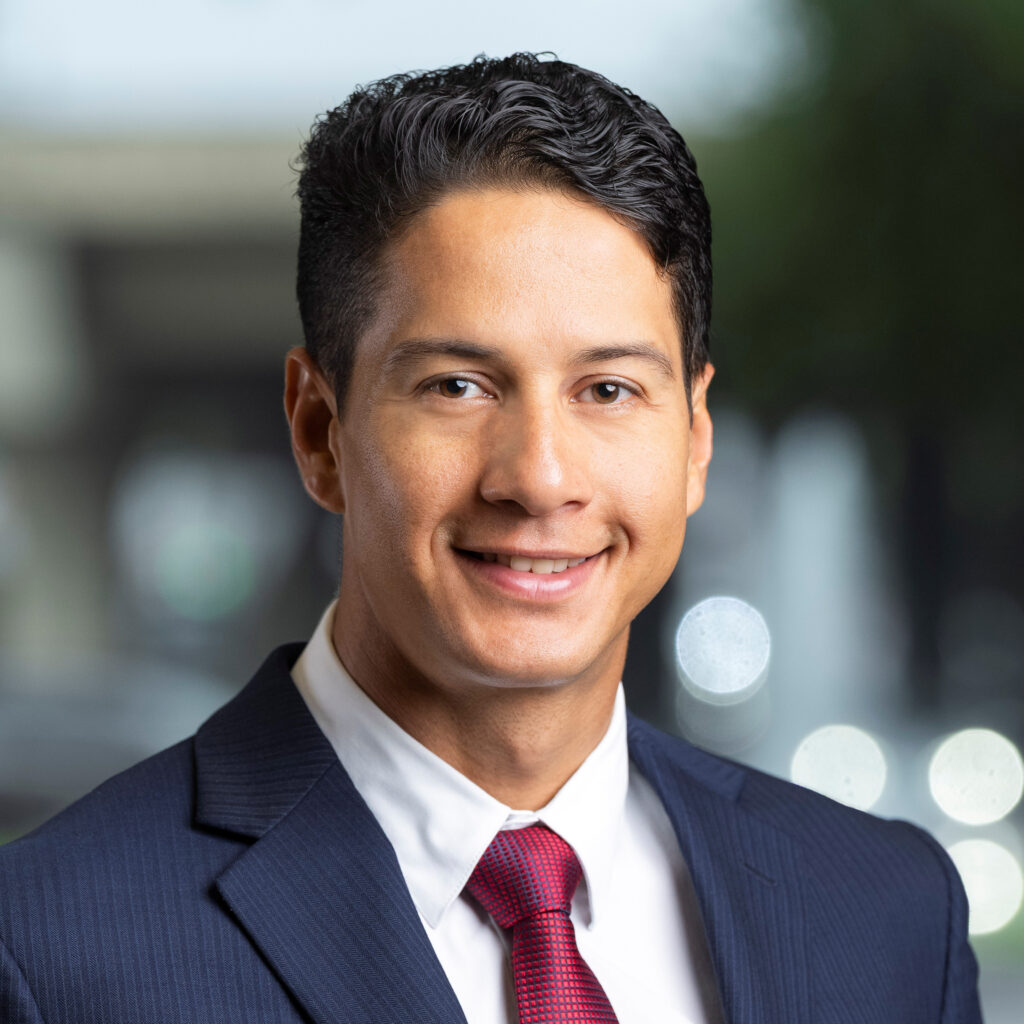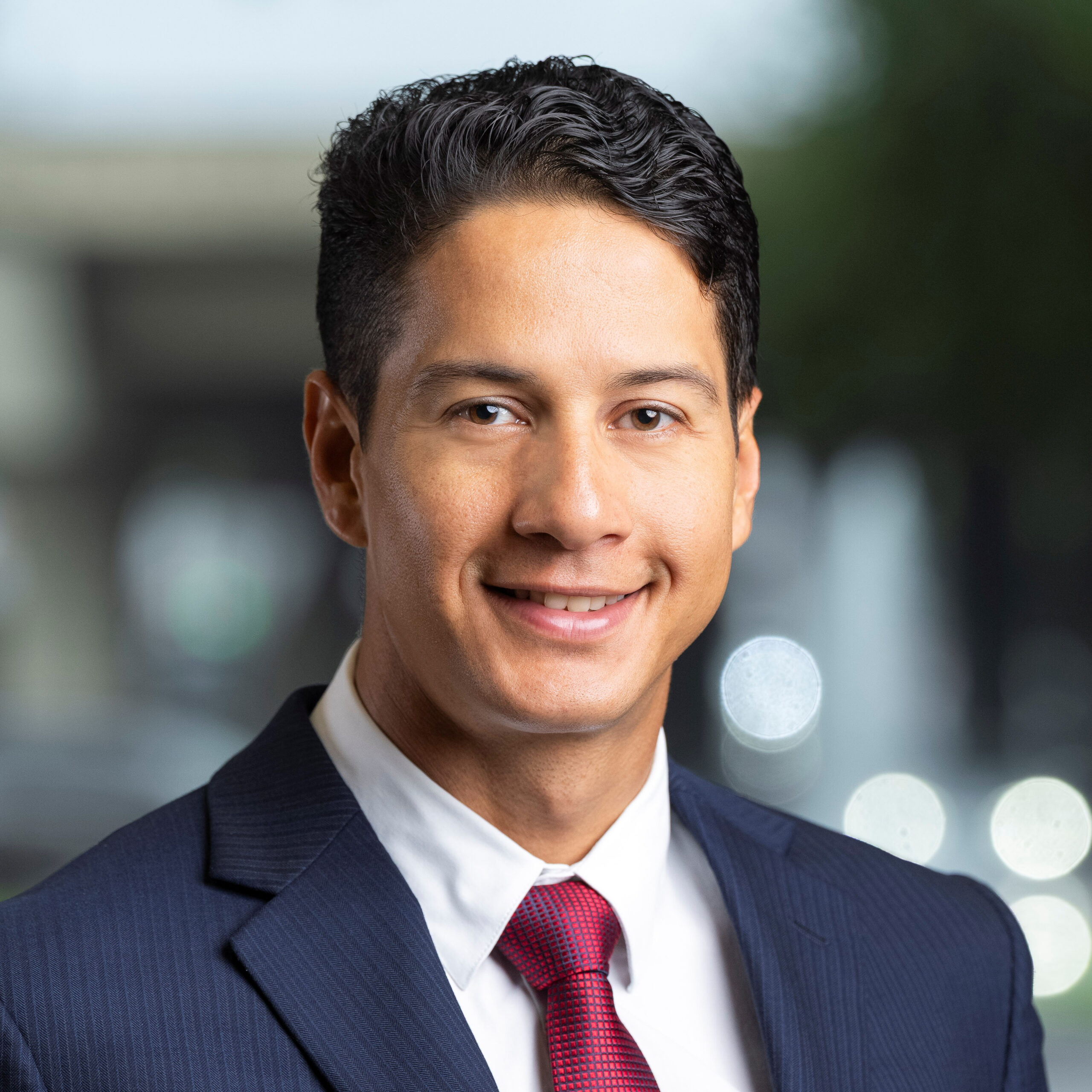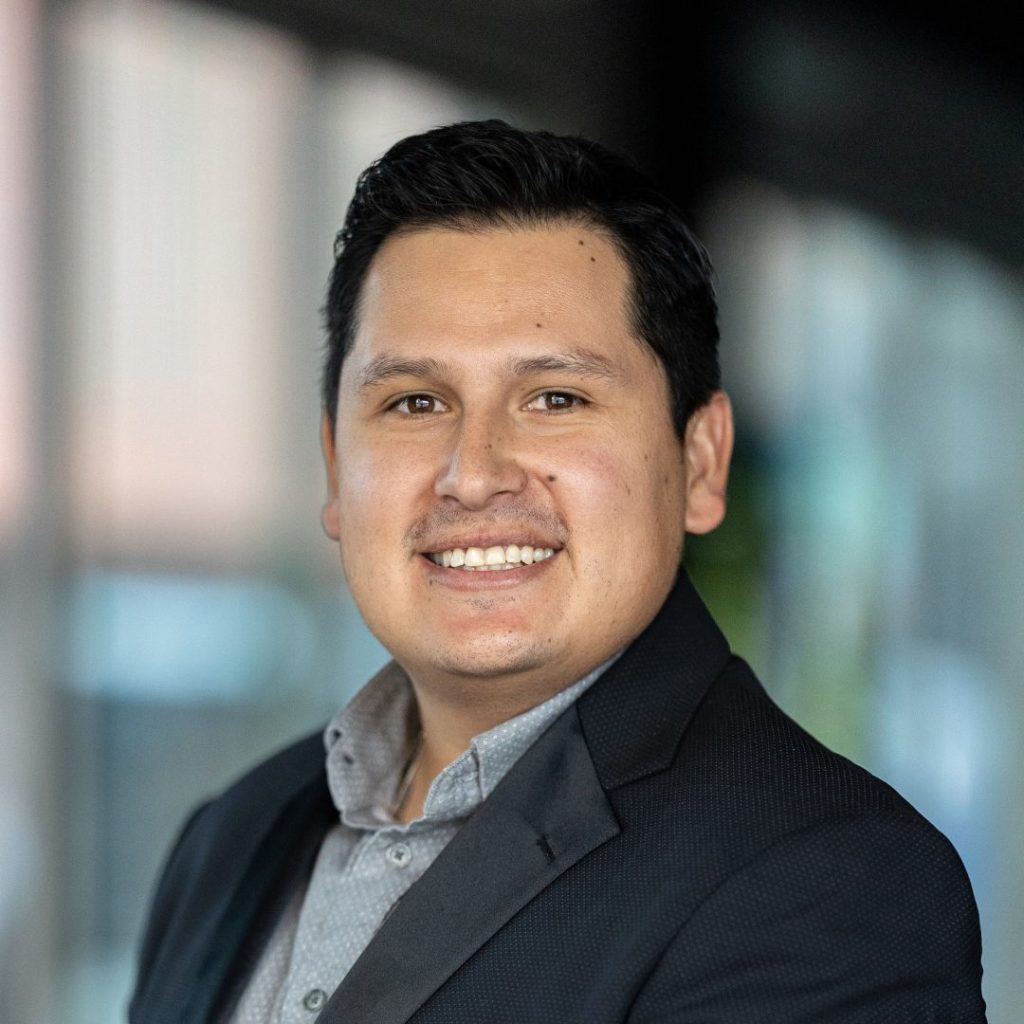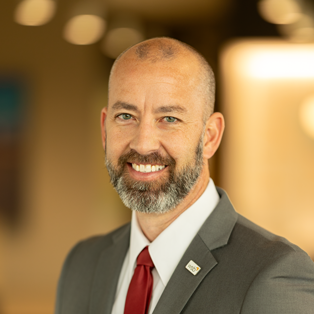July 8, 2025
The firm strategically hires Odreman to strengthen leadership in Houston.

Houston, Texas – WSB, a forward-thinking design and consulting firm, today announced that Gabriel Odreman has joined the firm as director of program management in Houston, TX. With over 16 years of experience in civil engineering, construction management, and transportation design, Gabriel brings exceptional expertise and a proven track record of impactful leadership that will strengthen WSB’s presence in Texas.
Gabriel has spent the last seven years managing a $100+ million mobility bond program, overseeing more than 20 infrastructure projects and coordinating with over 30 consultants. His deep understanding of municipal and county projects, coupled with his dedication to client relationships, has solidified him as a trusted leader in the industry. As director of program management, Gabriel will lead a talented team at WSB, further growing the firm’s transportation and design services across Houston and beyond.
“I’m honored to join WSB and excited to contribute to the firm’s vision of building strong, sustainable communities,” said Gabriel Odreman. “The culture, innovation, and commitment to excellence at WSB align perfectly with my values. I look forward to collaborating with the team to expand our transportation and municipal work across Texas.”
“Gabriel is a true professional who embodies the entrepreneurial spirit and client-focused approach that WSB is known for,” said David Balmos, vice president of strategy. “His extensive experience and reputation in the Houston market make him an excellent fit for our team, and we’re excited to see the impact he will make.”
This addition reflects WSB’s commitment to strategic growth in the Texas market, with a vision to expand its transportation services in the region while establishing a national footprint.




